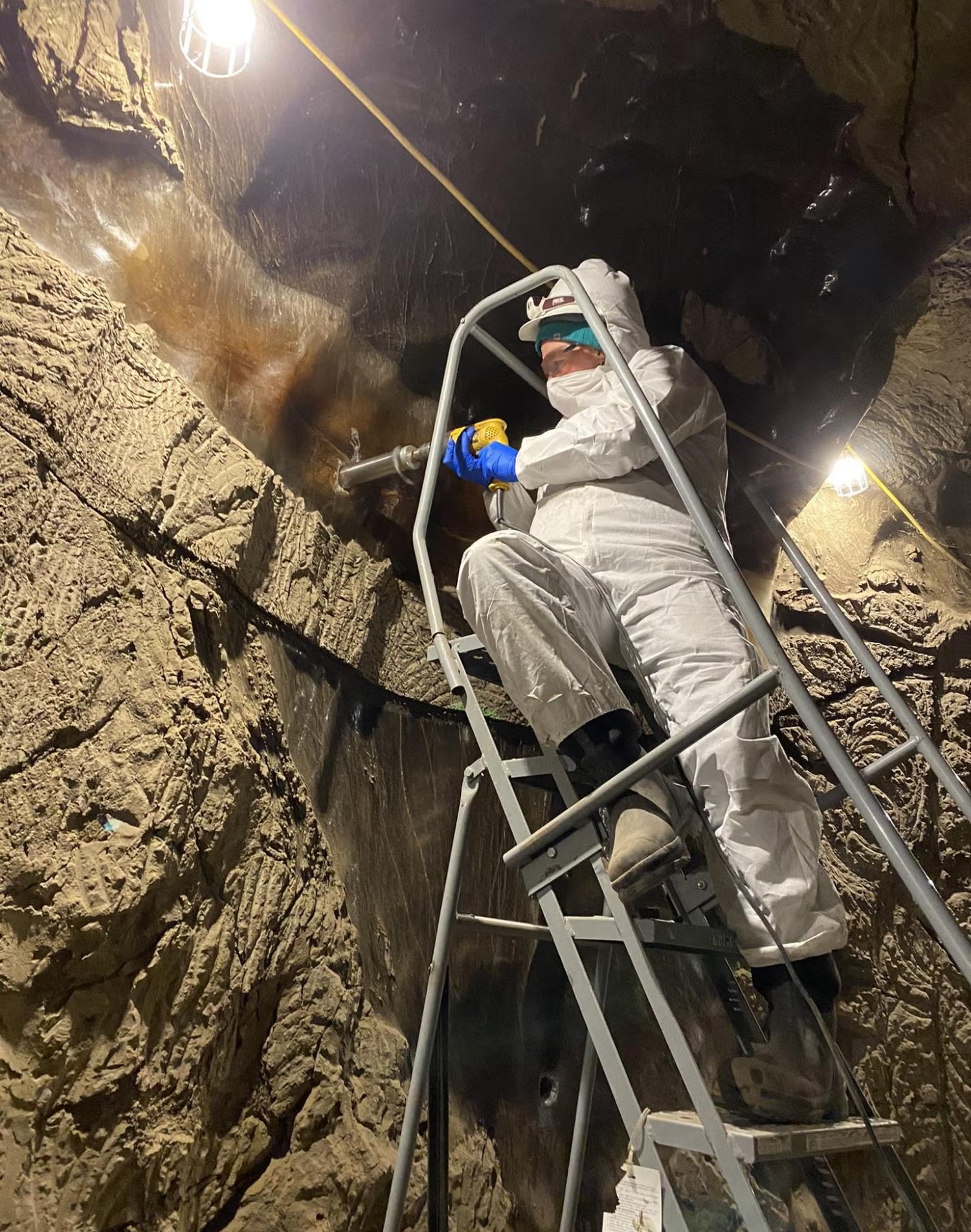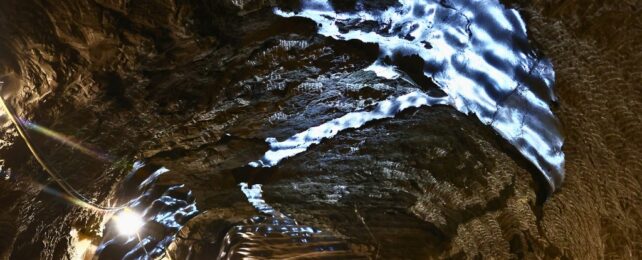Ancient life has been resurrected from the bowels of a military tunnel that penetrates the Alaskan permafrost.
Some of the microbes thawed from these long-frozen soils have been trapped for 40,000 years. Now, they've been reawakened.
"These are not dead samples by any means," says microbiologist and geochemist Tristan Caro, a PhD student at the University of Colorado Boulder (CU Boulder) during the study.
"They're still very much capable of hosting robust life that can break down organic matter and release it as carbon dioxide."
Related: A Vast Swathe of The Arctic Has Turned Into a Carbon Emitter
Caro and his colleagues aren't just raising the undead for the thrill of it.
As our fossil fuel addiction continues to warm the world, Arctic permafrost – the frozen soil, ice, and rocks beneath nearly a quarter of the Northern Hemisphere's landmass – is melting, releasing the greenhouse gases stored within.

As these layers thaw, many microscopic creatures – like the ones in the team's samples – will come to life, and, with newfound appetites, consume whatever decaying matter surrounds them. This will release more methane and carbon dioxide into the atmosphere, further contributing to climate change.
"It's one of the biggest unknowns in climate responses," says Sebastian Kopf, a geomicrobiologist at CU Boulder. "How will the thawing of all this frozen ground, where we know there's tons of carbon stored, affect the ecology of these regions and the rate of climate change?"
The researchers collected frozen samples from the US Army Corps of Engineers' bizarre Permafrost Tunnel Research Facility, which descends more than 100 meters (350 feet) underground.
Back in the lab, they incubated the microscopic life at a cool 39°F and 54°F (3.8°C and 12.2°C), simulating the conditions of an Alaskan summer under climate change.
The microbes grew sluggishly at first, with some strains replacing just one in every 100,000 cells daily. For comparison, most lab-grown bacterial strains tend to entirely replace their colonies in a matter of hours.
At six months, however, the permafrost microbes jumped into action, as if finally convinced to get out of their frosty beds.
This suggests that, after periods of heat that melt the permafrost, there could be a lag before the microbes start emitting significant levels of greenhouse gases. It also suggests that longer, warmer Arctic summers increase the risk of a dangerous emissions feedback loop between humans and microbes.

"You might have a single hot day in the Alaskan summer, but what matters much more is the lengthening of the summer season to where these warm temperatures extend into the autumn and spring," says Caro.
The findings are important for predicting how microbes and permafrost will contribute to a warming Arctic, "especially as thaw proceeds into deeper and more ancient permafrost horizons," the researchers write.
The research was published in Journal of Geophysical Research: Biogeosciences.

